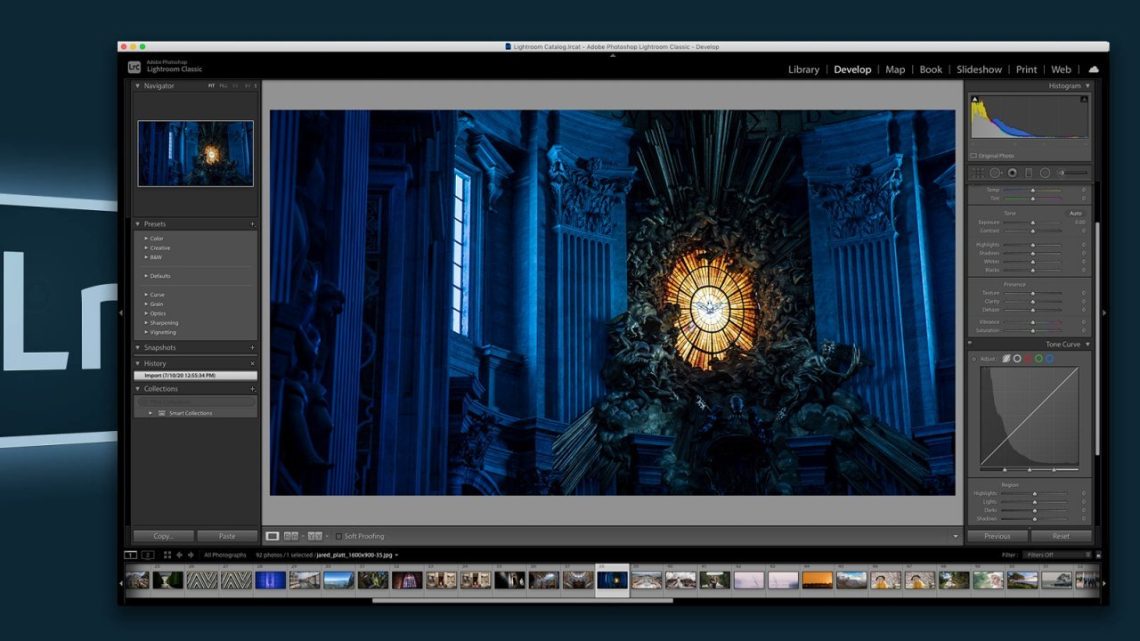Introduction
2020 was a year that profoundly impacted the world, bringing unprecedented challenges that affected nearly every aspect of human life. From global health crises to social upheaval and economic uncertainty, the events of 2020 created a collective experience that deserves artistic expression and reflection. In this tutorial, we’ll create a symbolic piece of concept art that represents the themes of the 2020 crisis. This artwork can serve as a personal reflection, a historical document, or a conversation starter about resilience and human experience.
Concept Development
Before diving into the editing process, it’s important to brainstorm the key visual elements that will represent the themes of the crisis:
- Isolation: Visual elements that represent separation, distance, and solitude
- Resilience: Symbols of strength, endurance, and hope emerging from difficulty
- Uncertainty: Visual representations of chaos, unpredictability, and instability
- Unity: Elements that represent community, support, and collective action
Based on these themes, we’ll incorporate:
- A cracked or fragmented background to represent societal disruption
- A mask or face covering as a symbol of the pandemic
- Somber, desaturated lighting to reflect the mood of the period
- Light breaking through darkness to symbolize hope and resilience
Image Compositing in PicsArt
- Start with a self-portrait or portrait that conveys contemplation or resilience
- Find a textured, desolate background that represents the feeling of crisis:
- Cracked concrete or dry earth textures
- Stormy or overcast sky images
- Urban decay or abandoned spaces
- Combine your portrait with the background using the Cutout tool to precisely isolate your subject
- Add symbolic elements via stickers or other photos:
- Medical masks or PPE elements
- Clocks or calendars to represent the passage of time
- Hands reaching toward each other to represent connection
- Use effects like “Noise” to add texture and grit to the image
- Apply “Glitch” effects selectively to create a sense of instability and disruption
- Use the “Brush” tool to paint in cracks or fractures that extend from the background onto the subject
- Add subtle light rays or beams breaking through dark areas to represent hope
Dramatic Color Grading in Lightroom
- Export your PicsArt creation and open it in Lightroom Mobile
- Create a desaturated, high-contrast look:
- Reduce overall saturation to create a somber mood
- Lower the highlights and whites to create a more subdued tone
- Increase the shadows and blacks to add depth and drama
- Use the Split Toning tool to add cool blues to shadows and muted tones to highlights:
- Set shadow hue to around 220-240 (cool blue)
- Set highlight hue to around 30-50 (warm but muted)
- Keep saturation low (around 10-20) for subtlety
- Use the Radial Filter to draw focus to key elements:
- Brighten the subject’s face to draw attention
- Darken the corners to create a vignette effect
- Enhance light rays or hope elements with selective brightening
- Adjust the tone curve to create a slight S-curve for enhanced contrast
- Add a subtle amount of grain to give the image a filmic, timeless quality
Conclusion
Creating concept art that reflects significant historical moments like the 2020 crisis allows us to process collective experiences through visual expression. This type of artistic work serves multiple purposes: it can be a personal catharsis, a historical document, or a conversation starter about resilience and human adaptability. The techniques used in this tutorial – combining symbolic elements, using texture and glitch effects, and applying dramatic color grading – can be adapted to represent other significant events or personal experiences. The key to successful conceptual artwork is ensuring that every visual element serves the overall narrative you’re trying to convey. The fragmented background represents disruption, the mask represents protection and isolation, and the light represents hope – each element should contribute to the viewer’s understanding of the piece’s meaning. Remember that art is subjective, and viewers may interpret your work in ways you didn’t intend, which is part of the beauty of artistic expression. This approach to concept art can be applied to many other themes – personal struggles, social movements, environmental concerns, or any topic that deserves artistic exploration and reflection.




